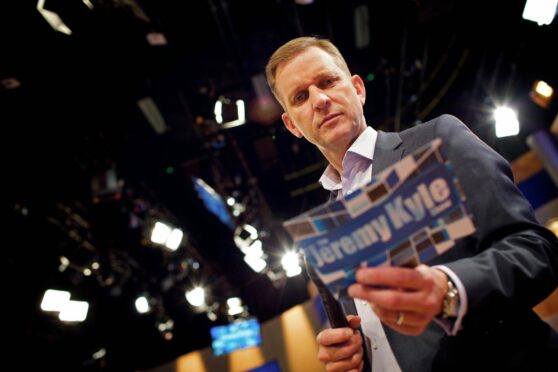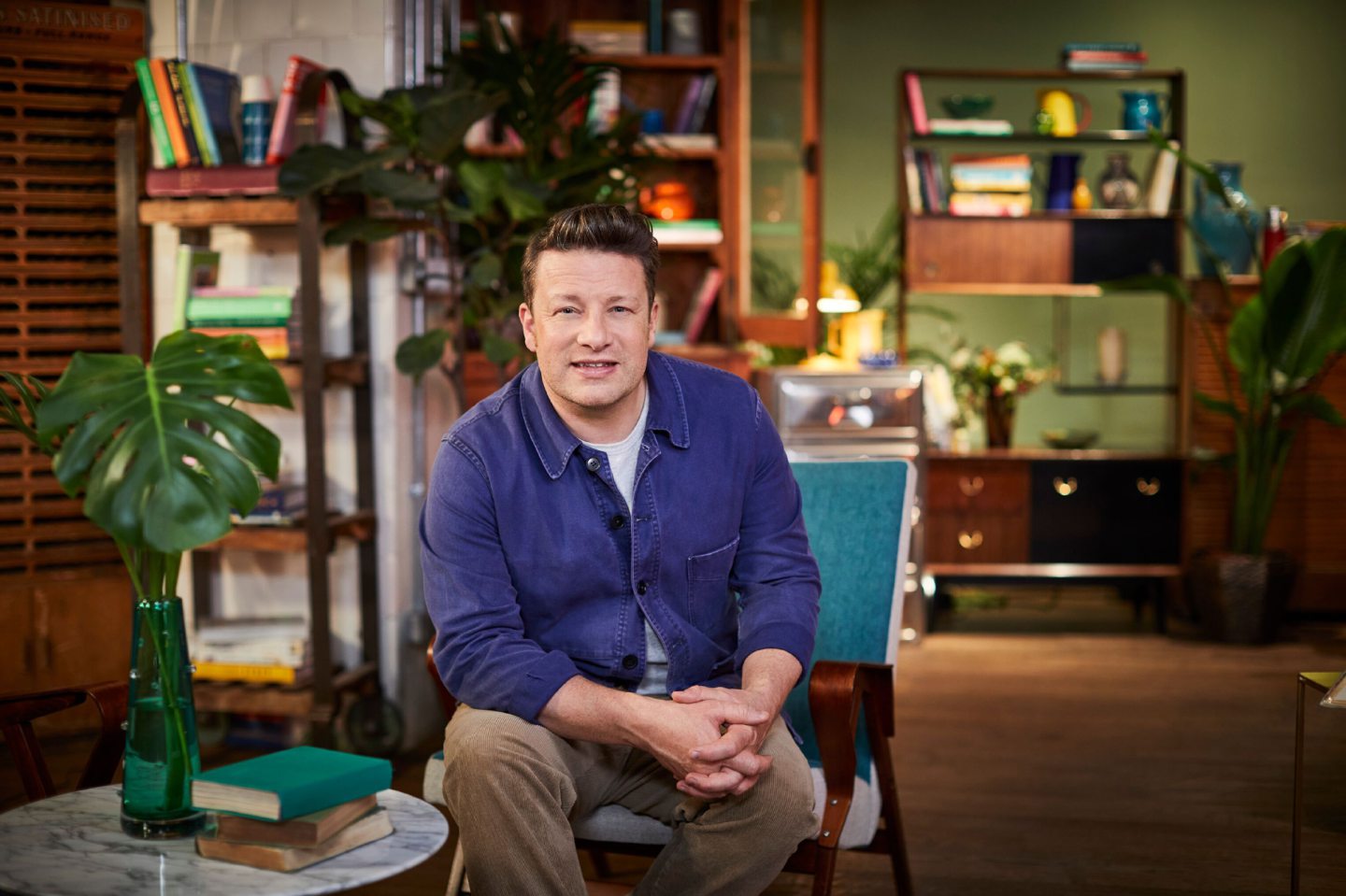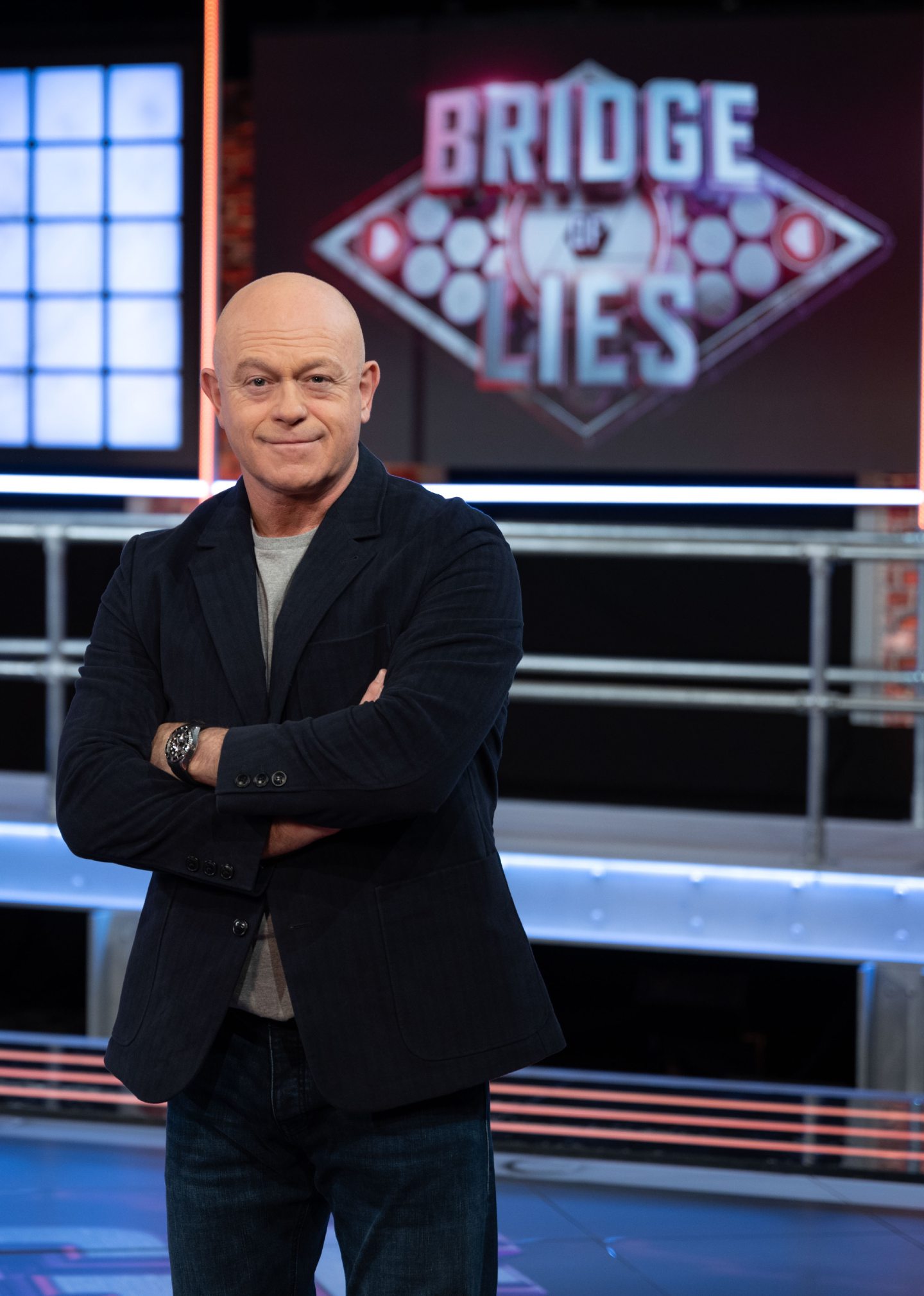It’s no surprise Jeremy Kyle refused to take part in Channel 4’s damning documentary about his long-running ITV chat show.
What could he say, and what justification could he give, about something so scandalous?
Actually, calling The Jeremy Kyle Show a chat show makes it sound soft and cuddly, which we all know it wasn’t.
“A human form of bear-baiting under the guise of entertainment” was how one judge famously described it.
The two-part Death On Daytime (Channel 4) used the suicide of one of Kyle’s guests to examine the utterly contemptible behaviour that went on behind the screens. It also questioned why it was allowed to stay on the air for 14 years.
Out of more than 200 production crew who were invited to take part in the documentary, only four agreed – and even then only on the condition that their words were voiced by actors.
That’s pure moral cowardice on their part, although we needed their testimony to paint a picture of the hideously toxic environment off-camera.
Despite ITV’s ridiculous assertion that the show was geared towards “conflict resolution”, the production team did everything in their powers to ratchet up the tension.
Whether that was pitting guest against guest or manipulating medical questionnaires so that people’s mental health struggles were downplayed, nothing they did was ethical.
Watching back clips of the show now and seeing Kyle spitting insults at people with clear mental health issues was shocking – and there lies the thorniest of issues.
What Kyle and his team did to exploit people’s struggles for entertainment was appalling, but what does it say about us, the viewers, that we barely batted an eye?
Up to a million people regularly tuned in – and I have to admit, I was one of them.
That’s the other profoundly disturbing aspect of this story – we just let it happen.
Cookbook challenge was lukewarm by the end
On paper, The Great Cookbook Challenge with Jamie Oliver (Channel 4) sounded like a fresh spin on cooking shows, but in practice, it fizzled out well before the final episode.
You could tell they’d run out of ideas when the main challenge in the last episode was watching the three finalists design a cover for their cookbooks.
Isn’t that a job for the publisher to deal with, rather than the author? And does that mean in cookbook world it really is okay to judge a book by its cover?
Dominique Woolf won the contest with her not-in-any-way-generic-sounding Dominique’s Kitchen: Easy Everyday Asian-Inspired Food. It will be interesting to see whose brand it helps more – hers or Jamie’s.
The only lie is in the title
Bridge Of Lies (BBC1) is Ross Kemp’s first foray into the quiz show arena and it’s quite entertaining once you accept it doesn’t have anything to do with bridges or lies.
The lies are simply wrong true or false answers and the bridge is coloured circles on the floor.
Contestants have to stand on the right answer to advance across the board, sorry “bridge”, and each circle increases the cash pot. Didn’t Bob Holness do this in the 80s on Blockbusters?
While I don’t think there’s any danger this is going to get bumped up to a prime-time slot, it’s got the right level of difficulty along with questions designed to make you yell at the TV screen when contestants step on the wrong circle.
It’s all relative
Fame In The Family (Channel 4) is a strange mash-up of Who Do You Think You Are?, Come Dine With Me and the celebrity dinner party game show I’ll Get This.
In it, four members of the public share a meal with a celebrity and must guess which of them shares a distant family connection.
It’s every bit as pointless as it sounds, but just the kind of thing you watch before sitting down for tea and then forget almost instantly.
Film of the week: Old (Sky Cinema)
For a brief period at the start of this century, M Night Shyamalan was one of the most exciting film-makers going.
The one-two punch of The Sixth Sense and Unbreakable prompted comparisons to Spielberg before a succession of misfires like Lady In The Water, The Last Airbender and After Earth sent him to director jail.
Although he regained a little bit of his mojo when he returned to low-budget supernatural-tinged movies – Split (2016) and Glass (2019) were semi sequels to Unbreakable – Old is far from his best.
The set-up – about a group of holidaymakers who find themselves trapped on a tropical beach that is making them all age rapidly – is certainly tantalising, but after the novelty of that concept wears off you’ll be wishing the running time of this film was speeded up, too.


